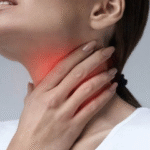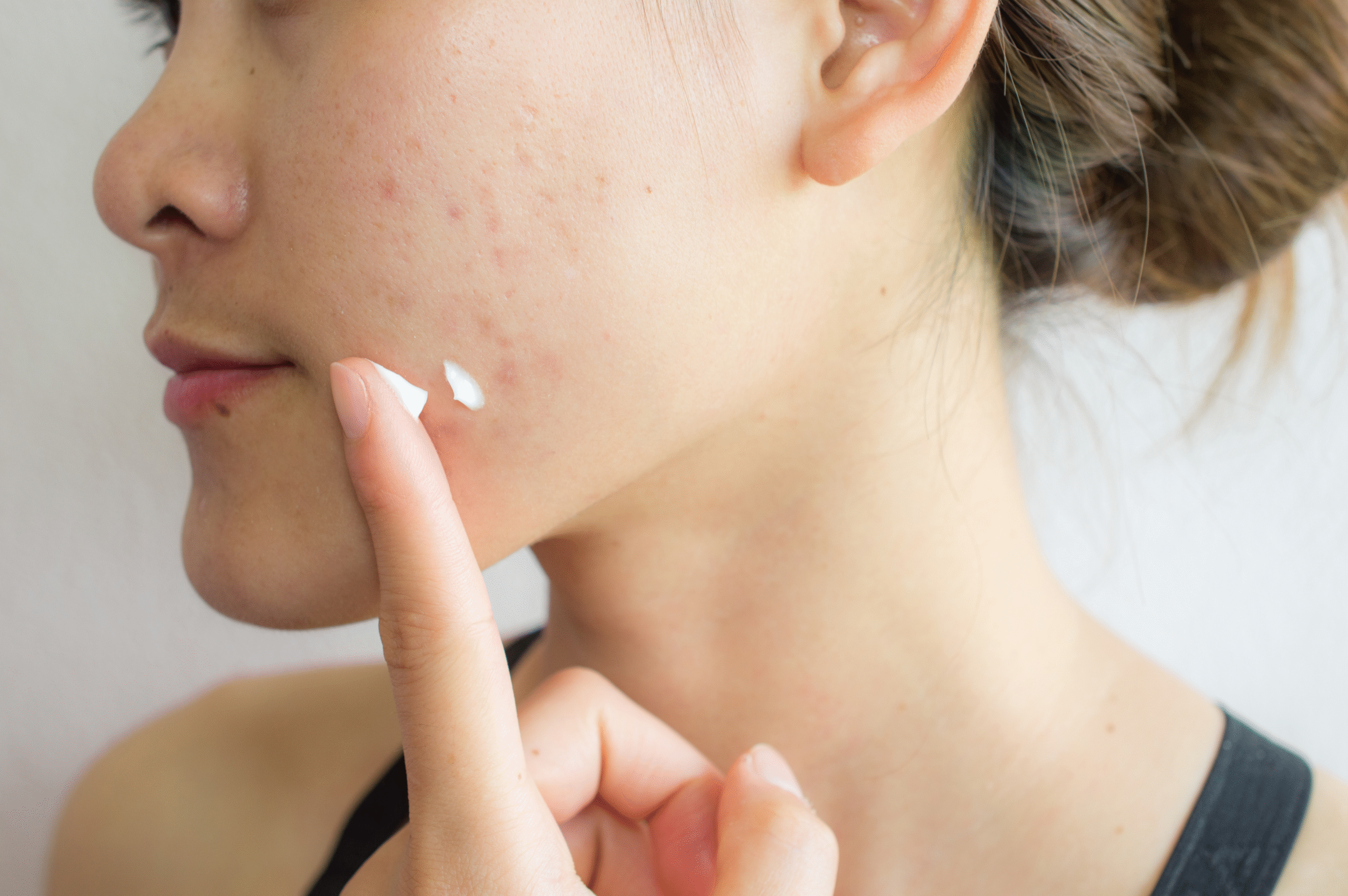
When to Visit a Dermatologist for Skin Rashes
September 26, 2025
When to Visit an ENT for Throat Pain or Hoarseness
September 26, 2025
Acne is one of the most common skin concerns in the world, and while breakouts can feel frustrating, what often troubles people more are the scars they leave behind. These marks—whether deep pits, raised bumps, or stubborn dark spots—can affect self-confidence and emotional well-being. Fortunately, modern dermatology care for acne and pimple scars offers several effective treatments to restore clearer and smoother skin.
This guide will walk you through why acne scars form, the different types of scars, professional dermatology treatments, and home-care practices. By the end, you’ll have a clear understanding of how dermatologists can help you take control of your skin health.
Understanding Acne and Pimple Scars
Not all acne leaves scars, but when pimples penetrate deep into the skin, they damage surrounding tissue. As the skin heals, it produces either too much or too little collagen, leading to visible marks.
There are two main categories:
- Pigmentation scars (post-inflammatory marks): These appear as dark, red, or brown spots left behind after acne heals. They usually fade over time but can persist for months or years.
- Textural scars: These are physical indentations or raised marks in the skin. They are harder to treat and usually require dermatology interventions.
Types of Acne and Pimple Scars
Dermatologists classify scars into different types, and understanding them helps decide which treatment works best:
| Type of Scar | Description | Common Treatment Options |
|---|---|---|
| Ice Pick Scars | Small, deep pits that look like tiny holes | Chemical peels, microneedling, laser therapy |
| Boxcar Scars | Broad depressions with sharp edges | Dermal fillers, microneedling, fractional lasers |
| Rolling Scars | Wave-like indentations that make skin look uneven | Subcision, microneedling, radiofrequency |
| Hypertrophic/Keloid Scars | Raised scars caused by excess collagen | Steroid injections, laser treatment, surgery |
| Post-Inflammatory Hyperpigmentation | Flat dark spots left after acne | Topical creams, chemical peels, microdermabrasion |
Dermatology Care for Acne and Pimple Scars
Dermatologists offer a range of treatments depending on scar type, skin tone, and severity. Here are the most effective approaches:
1. Topical Treatments Prescribed by Dermatologists
- Retinoids: Encourage skin cell turnover and collagen production, helping fade scars and dark marks.
- Hydroquinone or Kojic Acid: Used to lighten dark spots.
- Corticosteroid Creams: Reduce inflammation in raised scars.
These are often the first step for mild scarring.
2. Chemical Peels
Dermatologists apply a chemical solution to exfoliate the outer layers of skin. Peels help reduce pigmentation scars and improve overall skin texture. Repeated sessions are usually needed for best results.
3. Microneedling
This minimally invasive procedure involves tiny needles that create micro-injuries in the skin, stimulating collagen growth. It is effective for rolling scars and general skin rejuvenation.
4. Laser Therapy
Lasers are one of the most advanced dermatology treatments for acne scars. Options include:
- Ablative lasers (CO2, Er:YAG): Remove thin layers of skin, promoting new skin formation.
- Non-ablative lasers: Stimulate collagen without damaging surface skin.
- Fractional lasers: Target small areas, making healing quicker.
Laser treatments are especially effective for deep scars but may require downtime.
5. Dermal Fillers
Injectable fillers (like hyaluronic acid) are used to lift depressed scars, making the skin appear smoother. They provide immediate results but usually need repeat treatments after several months.
6. Subcision
This is a minor surgical procedure where a dermatologist uses a needle to break up scar tissue under the skin. It works well for rolling scars and is often combined with other treatments like fillers or lasers.
7. Steroid Injections for Raised Scars
For keloid or hypertrophic scars, dermatologists may inject corticosteroids to flatten and soften the scar. Multiple sessions are usually needed.
8. Surgical Options
In severe cases, dermatologists may recommend minor surgery such as punch excision (cutting out the scar) or skin grafting.
At-Home Care to Support Dermatology Treatments
While professional care is essential for deep or stubborn scars, your daily skincare routine plays a big role too. Dermatologists often recommend:
- Gentle Cleansing: Avoid harsh scrubs that can worsen scars.
- Sunscreen Daily: UV rays can darken scars, making them more noticeable.
- Hydration: Keeping skin moisturized helps repair and rebuild.
- Over-the-Counter Products: Ingredients like niacinamide, salicylic acid, and vitamin C can support scar healing.
Lifestyle Habits That Help Prevent Acne Scars
Prevention is always better than treatment. Here are dermatologist-approved tips:
- Avoid Picking or Squeezing Pimples – This increases inflammation and makes scars worse.
- Manage Stress – Stress hormones can trigger breakouts.
- Eat a Balanced Diet – Foods rich in antioxidants (like fruits, vegetables, and nuts) help skin repair itself.
- Stay Hydrated – Water supports overall skin health.
- Regular Dermatology Check-Ups – Early intervention prevents acne from becoming severe enough to cause scarring.
Emotional Impact of Acne Scars
Acne scars are not just a physical concern—they can affect confidence and mental health. Many people with scars feel self-conscious, leading to social anxiety or low self-esteem. Dermatology care helps not only with visible improvement but also emotional healing. Support groups, counseling, or speaking with a dermatologist about concerns can make the journey easier.
Conclusion
Dermatology care for acne and pimple scars has advanced significantly, offering solutions for every type of scar—from pigmentation spots to deep indentations. With treatments like chemical peels, microneedling, laser therapy, fillers, and surgical procedures, dermatologists can create personalized plans that deliver real improvements.
While home care and healthy habits support skin recovery, professional dermatology treatment remains the most effective path to smoother, clearer skin. If you struggle with scars, don’t lose hope—consulting a dermatologist can open the door to transformative results.
FAQs on Dermatology Care for Acne and Pimple Scars
1. How long does it take to see results from acne scar treatments?
It depends on the treatment. Topical creams may take several months, while procedures like laser therapy or fillers can show results within weeks. Multiple sessions are often required.
2. Are acne scar treatments painful?
Most treatments are well-tolerated. Dermatologists often use numbing creams or local anesthesia to reduce discomfort during procedures like microneedling, lasers, or subcision.
3. Can all types of acne scars be removed completely?
While treatments significantly reduce the appearance of scars, complete removal is rare. The goal is smoother, more even skin, with up to 70–90% improvement in many cases.
4. Is laser treatment safe for all skin tones?
Yes, but the type of laser must be chosen carefully. Some lasers carry risks of pigmentation changes in darker skin tones, so it’s important to see an experienced dermatologist.
5. Can acne scars come back after treatment?
Treated scars don’t usually return, but new scars can form if acne is not managed properly. That’s why ongoing acne control is just as important as scar treatment.

